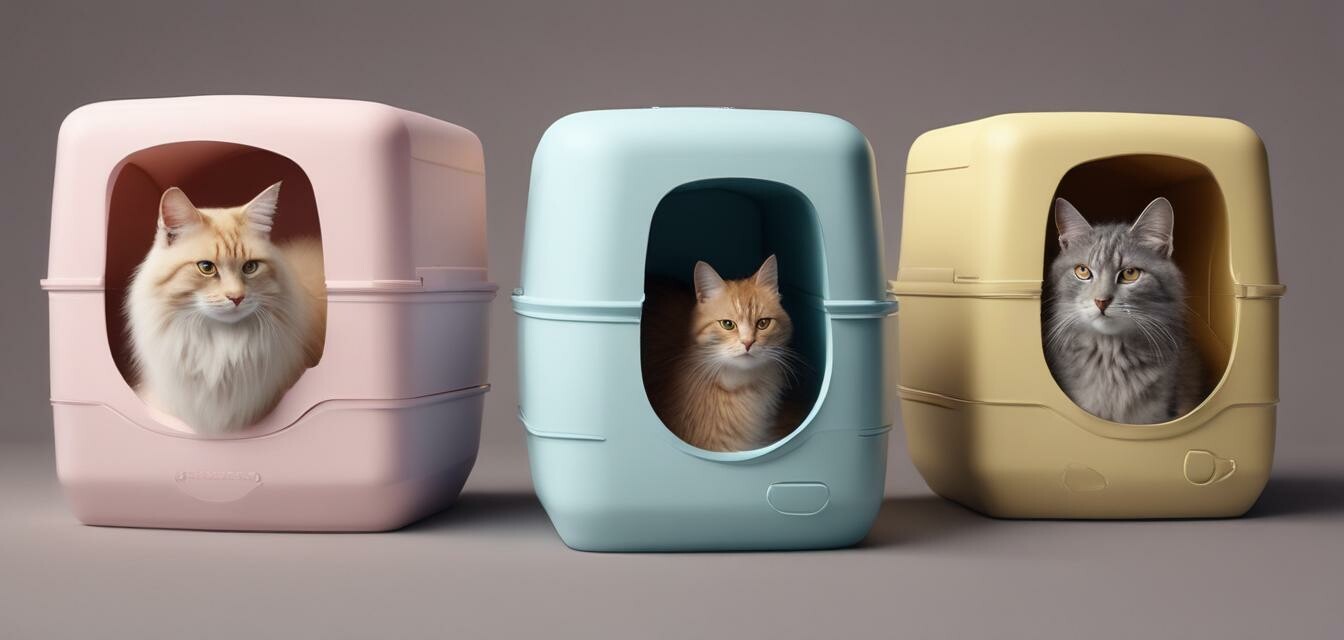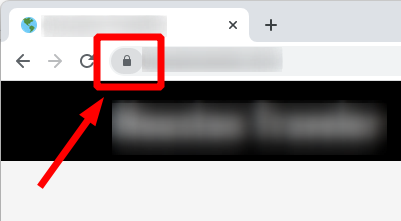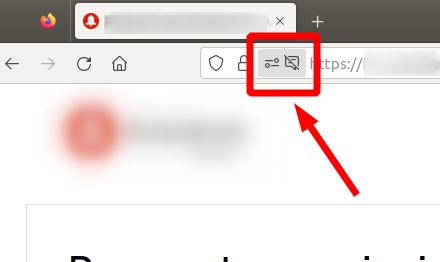
Comparing Different Litter Box Designs for Cats
Key Takeaways
- Choosing the right litter box can impact your cat's comfort and behavior.
- There are various designs available, including covered, uncovered, and self-cleaning options.
- Consider your cat's size, habits, and preferences when selecting a litter box.
- Regular cleaning and maintenance are crucial for all litter box designs.
- Explore different materials and features that fit your lifestyle and your cat's needs.
For cat owners, selecting the right litter box is essential for ensuring their feline friends are comfortable and happy. With a variety of designs on the market, it can become overwhelming to determine which type is best suited for your cat's needs. In this article, we will dive into the different litter box designs and key factors to consider when making your choice.
Understanding litter box designs
Litter boxes come in several designs, each catering to specific needs and preferences of cats and their owners. Below, we will explore the most common types:
| Design Type | Description | Best for |
|---|---|---|
| Open Litter Boxes | No cover, providing easy access for cats. | Cats who are less shy, younger, or prefer unrestricted spaces. |
| Covered Litter Boxes | Enclosed design with a lid to contain litter. | Cats who prefer privacy and owners looking to control odor. |
| Self-Cleaning Litter Boxes | Automatic cleaning system for waste removal. | Busy cat owners seeking low maintenance options. |
| High-Sided Litter Boxes | Boxes with taller walls to prevent litter spills. | Cats that dig a lot or those who tend to kick litter out. |
| Corner Litter Boxes | Designed to fit into corners, saving space. | Small spaces or apartments. |
Factors to consider when choosing a litter box
When it comes to selecting the ideal litter box, several factors should be kept in mind:
- Cat Size: Ensure the box is suitable for your cat's size. Larger cats may need a bigger, more spacious box.
- Behavioral Preferences: Observe your cat's behavior. Some cats prefer covered spaces, while others enjoy being more exposed.
- Ease of Cleaning: Look for designs that can be easily cleaned and maintained, especially if you opt for covered or self-cleaning boxes.
- Household Considerations: Choose a litter box that fits your living space and decor. For example, a corner box might work well in a tight area.
- Budget: Determine your budget. While more advanced options (like self-cleaning boxes) can be pricier, more affordable designs are effective too.
Comparison of popular litter box designs
To help you visualize the differences among the various litter box designs, we have compiled a comparison table below:
| Feature | Open Litter Box | Covered Litter Box | Self-Cleaning Box |
|---|---|---|---|
| Privacy | Low | High | Medium |
| Odor Control | Low | High | High |
| Maintenance | Medium | Medium | Low |
| Cost | Low | Medium | High |
Maintenance tips for litter boxes
Regardless of the design you choose, keeping the litter box clean is essential for your cat's well-being. Here are some maintenance tips:
- Clean the litter box daily to remove waste.
- Change the litter regularly, at least once a week.
- Use warm water and mild soap for deep cleaning the box.
- Ensure proper ventilation to reduce odors.
- Consider using liners to make cleaning easier.
Additional resources
For more information on keeping your cat healthy and happy, be sure to check out our other guides:
- Buying guides for cat essentials
- Health and wellness tips for your cat
- Expert cat care tips
- Fun and engaging toys for your cat
- Litter and accessories for your convenience
Tips for first-time litter box buyers
- Start with two boxes for multi-cat households to avoid territorial disputes.
- Choose a box with low sides for kittens for easy access.
- Consider a design that matches your home's decor for easy placement.
- Experiment with different types of litter to find what your cat prefers.
Pros
- Wide variety of options available for different needs.
- Many designs help reduce odors and mess.
- A range of prices to suit different budgets.
- Options for easy maintenance and cleaning.
Cons
- Some designs may take time for cats to get accustomed to.
- Self-cleaning boxes can be costly to maintain.
- Certain models may require specific types of litter.
- Covered boxes might trap odors if not cleaned regularly.
Conclusion
Choosing the right litter box design is crucial for both your cat's comfort and your convenience as an owner. By understanding the different types available and factors to consider, you can make a more informed decision. Regular maintenance will ensure a pleasant experience for you and your feline friend. Happy shopping!


